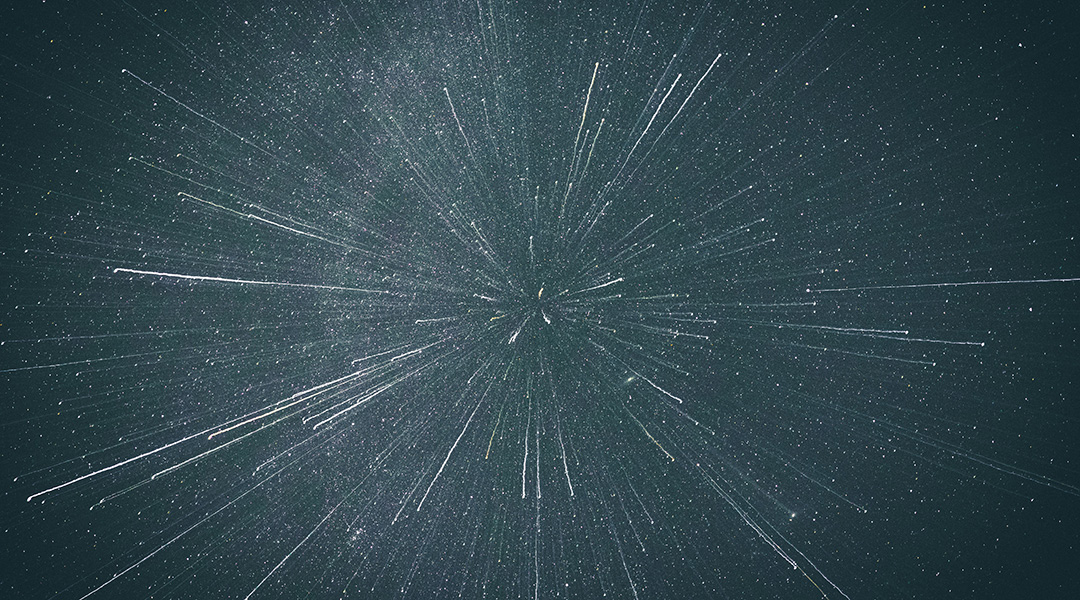Scientists have suggested a way to resolve a longstanding paradox known as the Hubble tension by taking primordial magnetic fields into account, which may have been generated in the early moments of the Universe.
“Primordial magnetic fields are the fields generated in the early Universe, such as during inflation, phase transitions, and other processes,” explained Yaoyu Li, a physicist at the Purple Mountain Observatory in China and one of the authors of the study. “These magnetic fields might evolve with the expansion of the Universe, be amplified and subsequently become galactic magnetic fields that we observe today.”
Over the past several decades, scientists have made enormous progress in understanding the evolution of the Universe, where all stages of cosmic history have found their mathematical descriptions in the Standard Cosmological Model.
However, no matter how good this theory has proven to be, there remain inconsistencies, perhaps the most significant of which is the Hubble tension, referring to discrepancies in the rate of expansion of the Universe.
More precisely, the value of the Hubble constant inferred from the properties of the cosmic microwave background radiation left over from the Big Bang is almost 10% smaller than the rate that astrophysicists measure when observing distant stars and galaxies, hinting at some gaps in our understanding of cosmology.
How magnetic fields could help solve the Hubble tension
Usually, when studying the connection between the expansion rate of the Universe and the properties of the microwave background, physicists ignore the possible existence of primary magnetic fields since their existence has not yet been proven and is still hypothetical.
Li and his colleagues at the Purple Mountain Observatory and the University of Science and Technology of China suggest that accounting for these fields could impact the interpretation of microwave background data, affecting the inferred value of the Hubble constant.
By incorporating the existence of primordial magnetic fields into the equations of the Standard Cosmological Model, the researchers derived an alternative relationship between the microwave background’s properties and the Universe’s expansion rate.
Remarkably, this approach seemed to reconcile the conflicting measurements of the Hubble constant, aligning them with observations of distant celestial objects.
This solution to the Hubble tension stands out for its simplicity, avoiding the need for hypotheses about the existence of unknown elementary particles or major revisions to Einstein’s theory of general relativity, on which the Standard Cosmological Model is based. Such parsimony is highly valued in physics, rendering the authors’ proposal particularly compelling.
Validation through experimentation
While this hypothesis offers a promising resolution, it still requires empirical validation. The scientists contend that if primordial magnetic fields indeed existed, they would have left discernible imprints on various observable properties of the Universe.
Thus, future studies focusing on these effects could provide decisive evidence for the existence of these fields and the resolution of the Hubble tension.
“There are still many mysteries to be uncovered regarding the generation, evolution, and characteristics of the primordial magnetic fields,” Li concluded.
“While it is challenging to directly detect them, studying their effects during different stages of cosmic evolution can provide valuable insights,” he continued. “Future cosmic microwave background anisotropy measurements and other data could lead to more stringent constraints on the characteristics of primordial magnetic fields.”
Reference: Yao-Yu Li, et al, Primordial magnetic field as a common solution of nanohertz gravitational waves and the Hubble tension, Physical Review D (2024). DOI: 10.1103/PhysRevD.109.043538
Feature image credit: Casey Horner on Unsplash

















